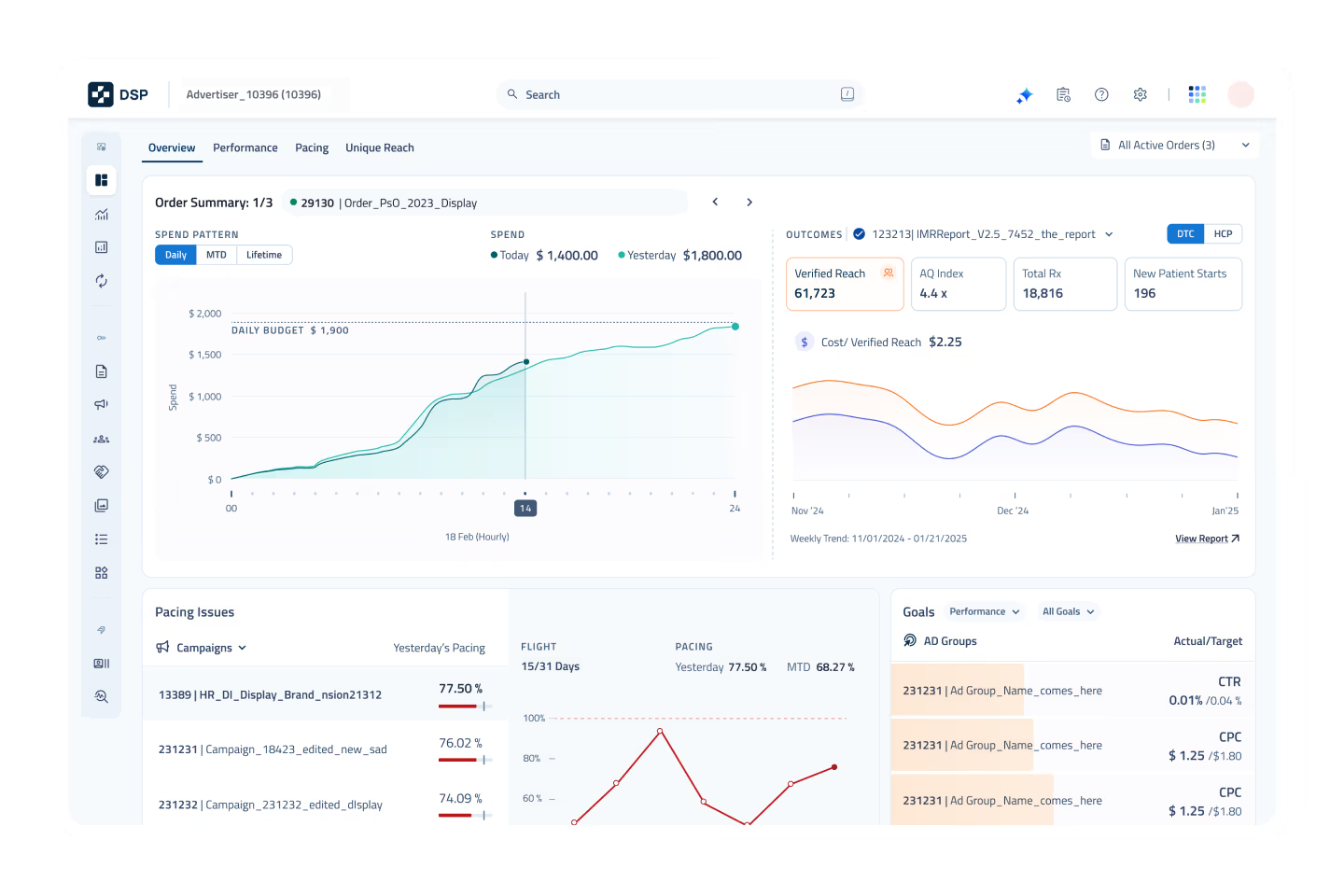It’s been just over a month since the presidential memorandum addressing direct to consumer (DTC) pharmaceutical advertising was released. We shared our initial thoughts here and in a podcast episode featuring James Potter of the Coalition for Healthcare Communication (CHC). Now, one month later, we’ve reassessed the landscape to see what, if anything, has changed.
What’s Happened in the Weeks Following the Memorandum
Shortly after the memorandum’s release, the FDA’s Center for Drug Evaluation and Research (CDER) issued several warning letters to a handful of pharmaceutical companies that had advertised via social media campaigns. These letters focused primarily on how certain advertisements presented visuals, music, and on-screen disclosures, particularly in linear TV campaigns.
Some of these advertisers have already taken steps, including reshooting certain ads, to update their creative materials and ensure compliance.
What’s Happening Now?
Since those early warning letters, activity in Washington has largely quieted down. In fact, industry data shows that overall DTC advertising spend increased in September—even among some of the brands that received warning letters.
Meanwhile, some advocacy groups have signaled potential legal challenges on First Amendment grounds, underscoring that the conversation about the role of DTC advertising is far from over. In other words, some legal experts believe that any attempt to limit or ban DTC pharmaceutical advertising could violate free speech protections, setting the stage for a broader constitutional debate.
What to Expect Next
Industry experts, including the CHC’s James Potter, anticipate that the next development could be a formal rulemaking process by the FDA. This would likely focus on updates to the “adequate provision” rule for consumer drug advertising, which requires broadcast ads to share ways for consumers to access a drug’s full FDA-approved prescribing information.
Should any related rules be updated, it would follow the standard “notice and comment” procedure, which typically spans 6 to 12 months or more. Each stage involves public input and multiple opportunities for discussion. In short: change, if it comes, will not be sudden but gradual and collaborative.
While it’s theoretically possible for the FDA to take more immediate action, such as withdrawing existing guidance altogether, that’s highly unlikely due to the legal and logistical complexity it would invite.
The Bottom Line
At DeepIntent, our perspective remains that this is a moment for calm, compliance, and collaboration. Our practical advice is as follows:
- Stay the course. Regulatory processes move slowly, and clear communication will prevail.
- Lean on trusted partners and legal advisers. Ensuring compliance is part and parcel of sustainable growth.
- Engage with industry thought leaders. The best path forward is an informed one.
DeepIntent stays closely engaged with policymakers, industry groups, and clients. We’re committed to providing clear, timely updates and to helping our partners navigate whatever comes next with confidence.







